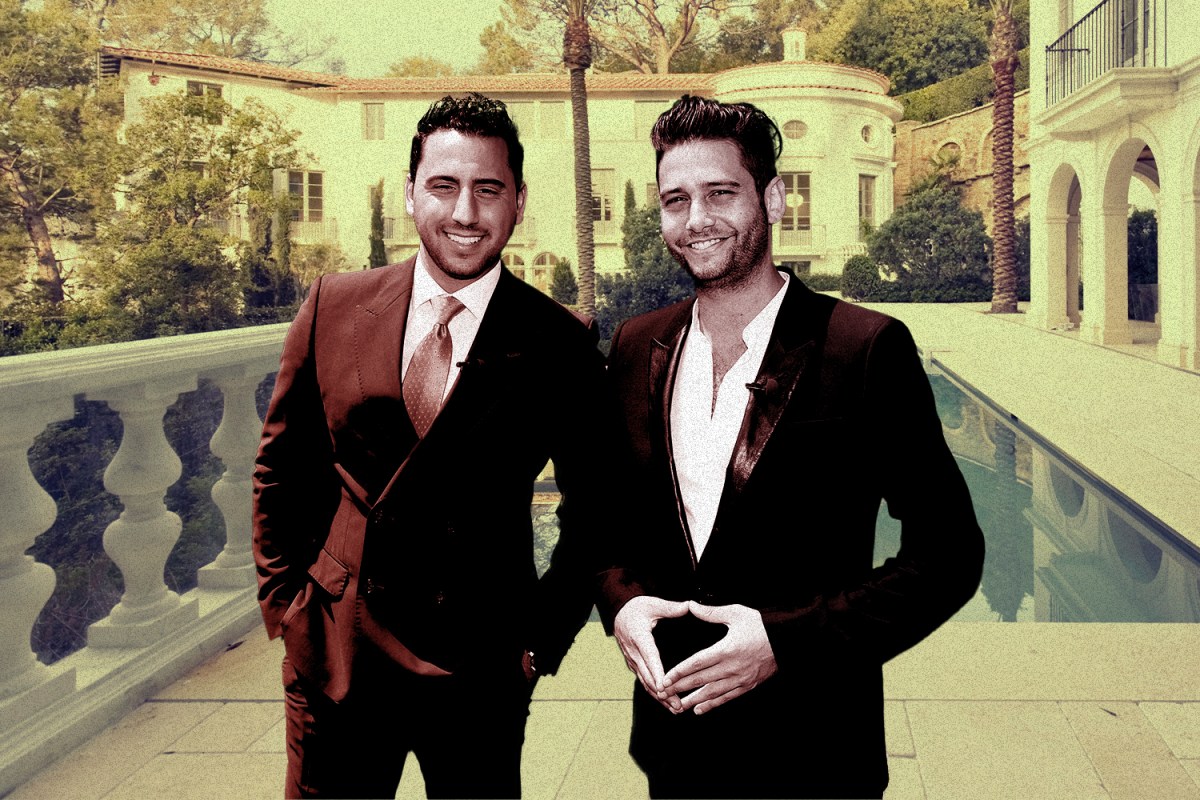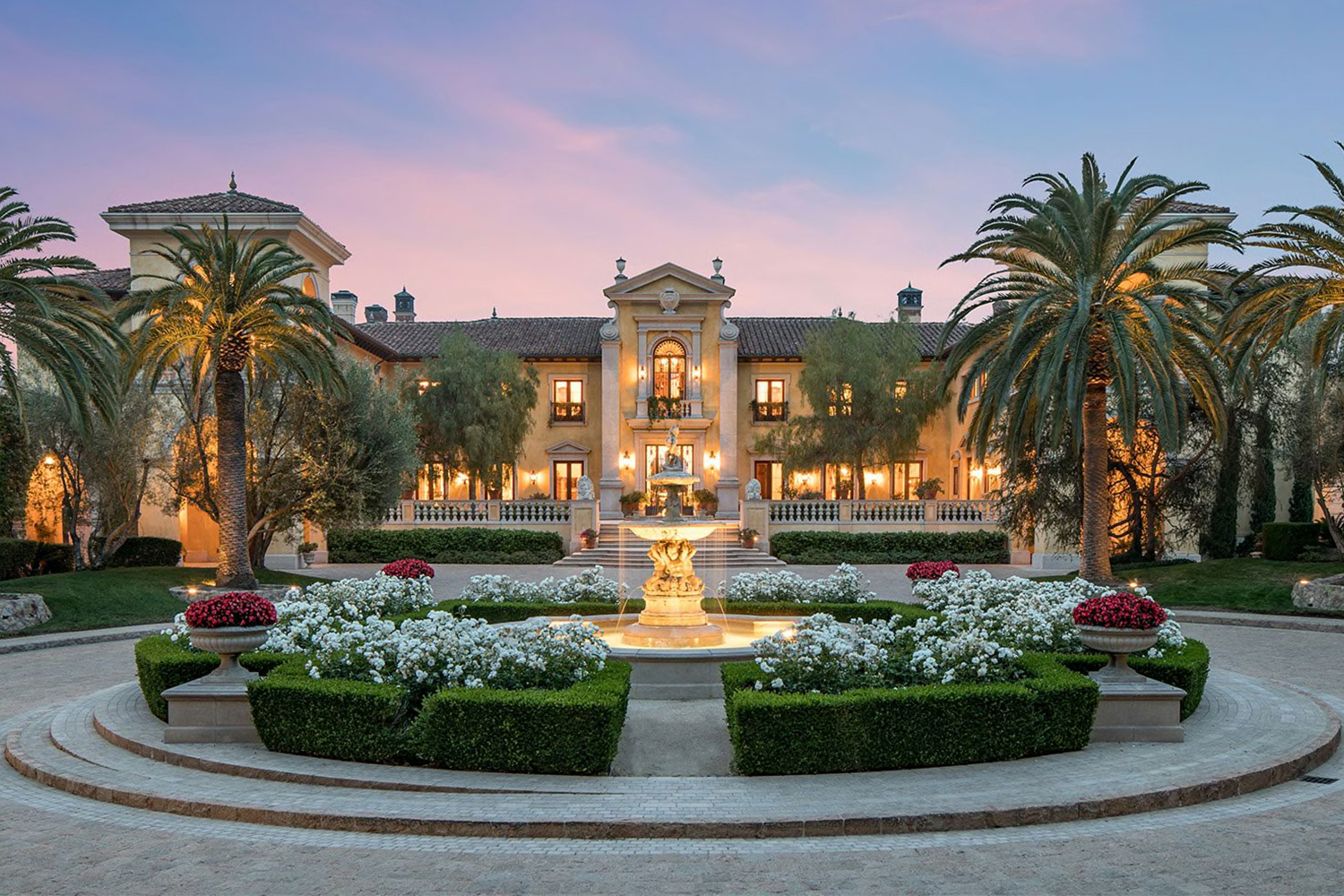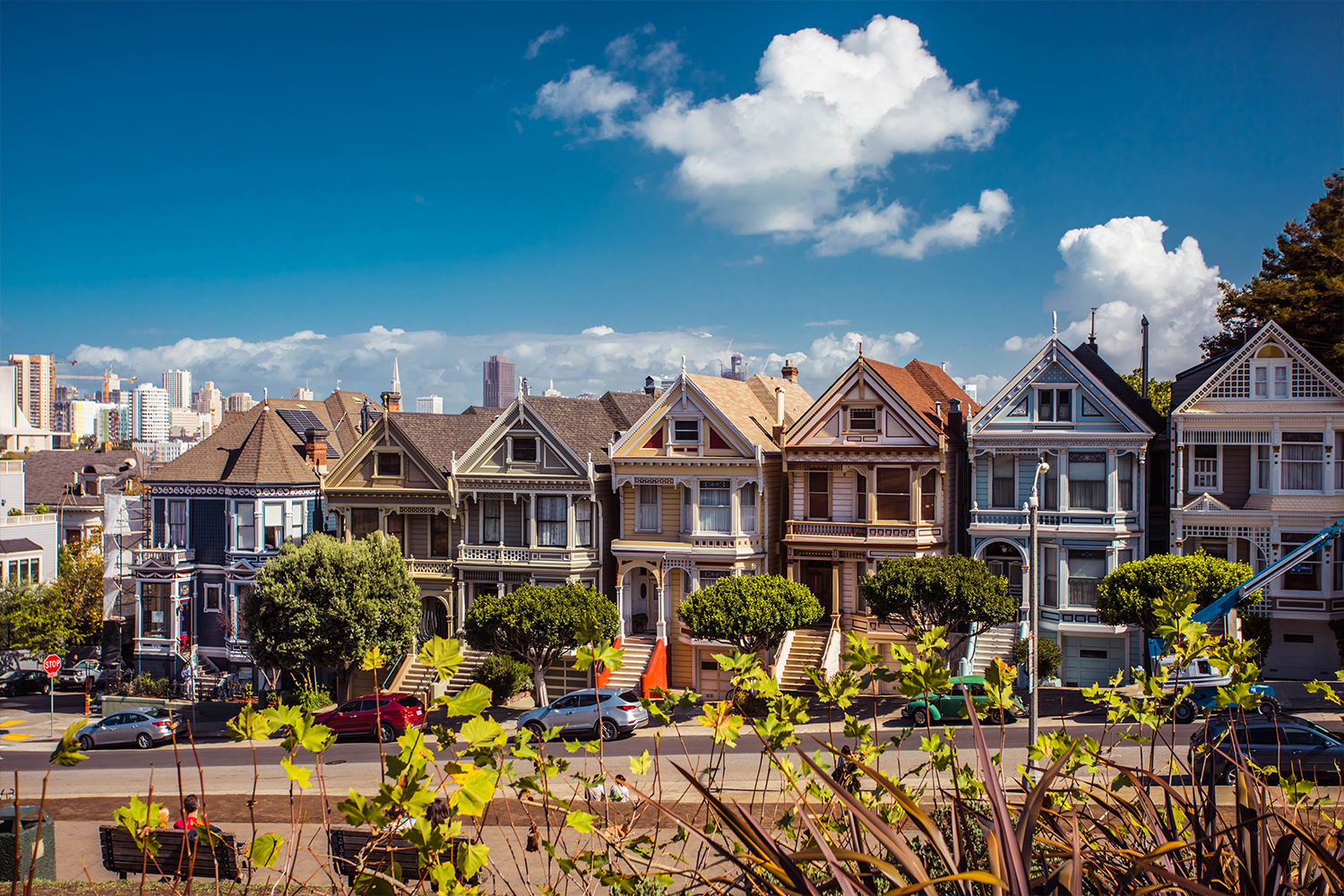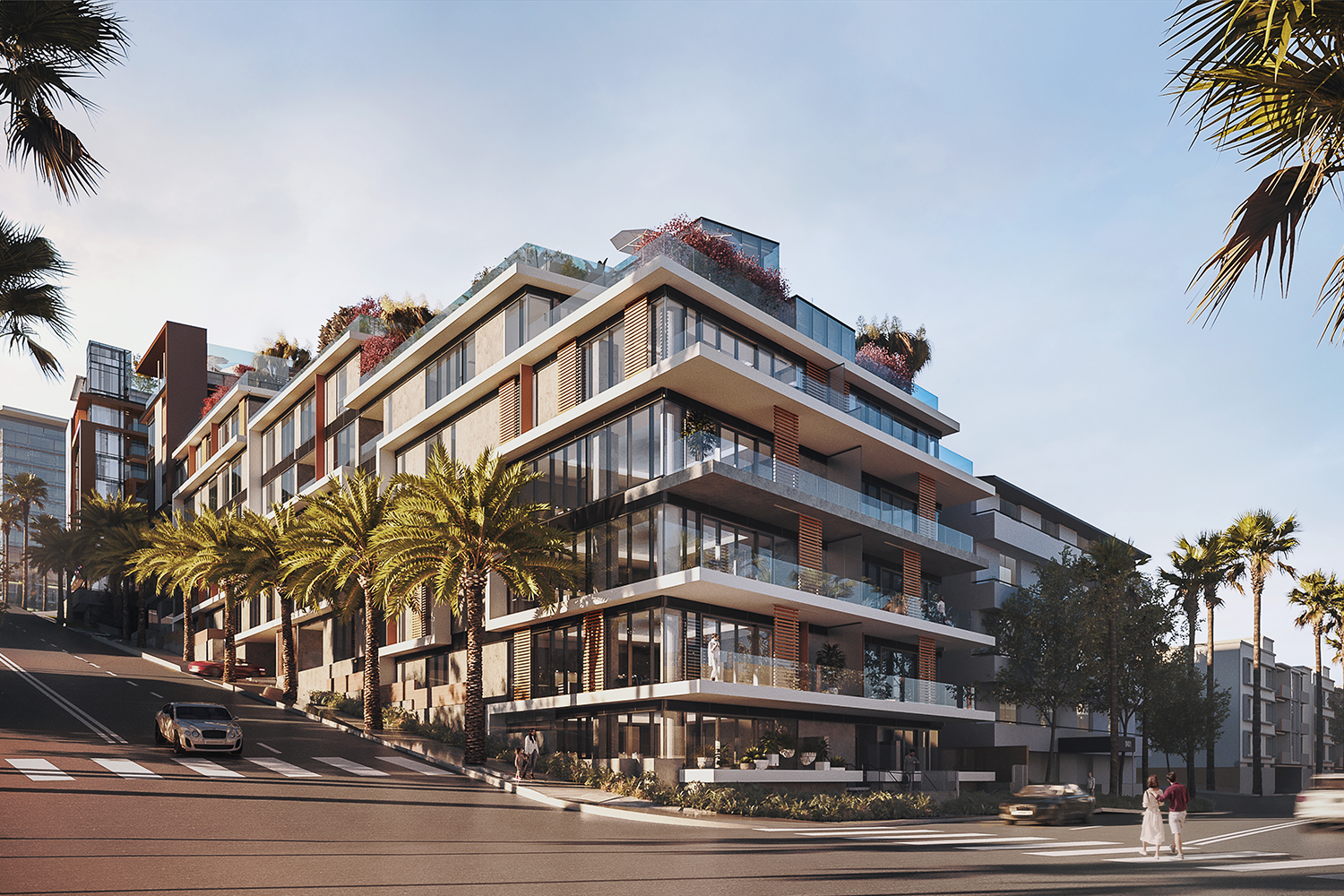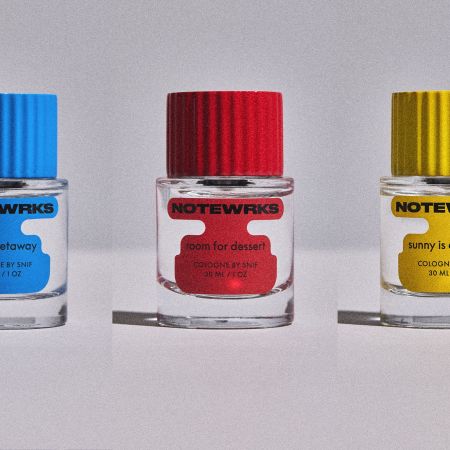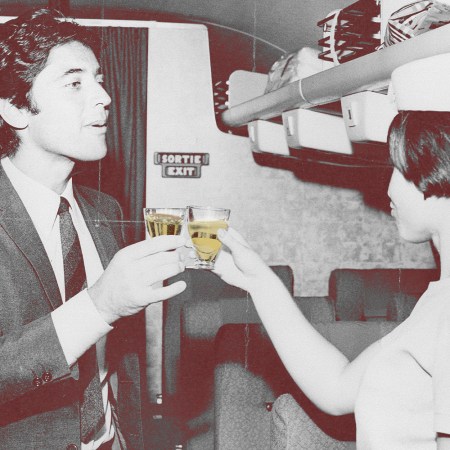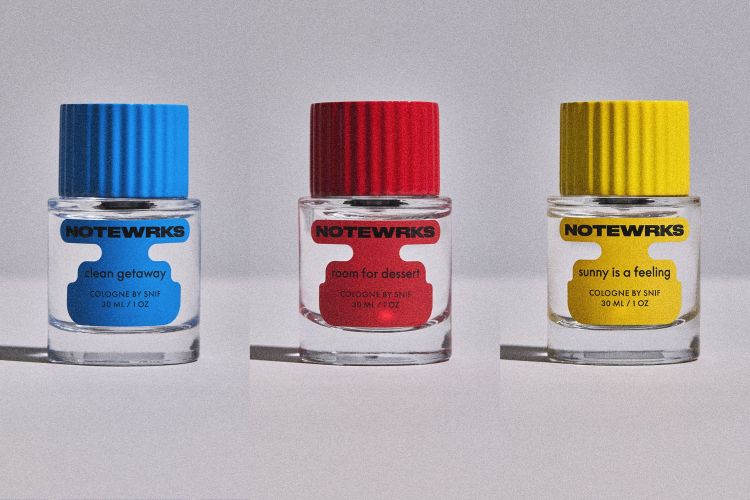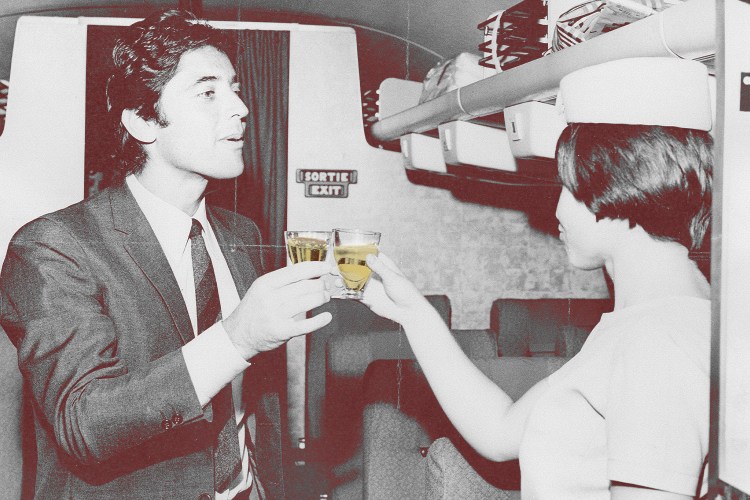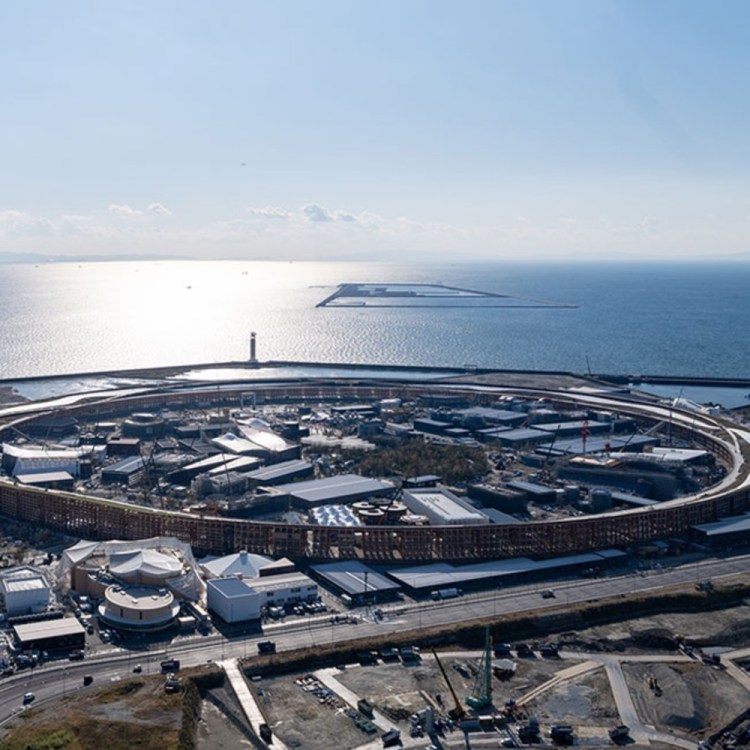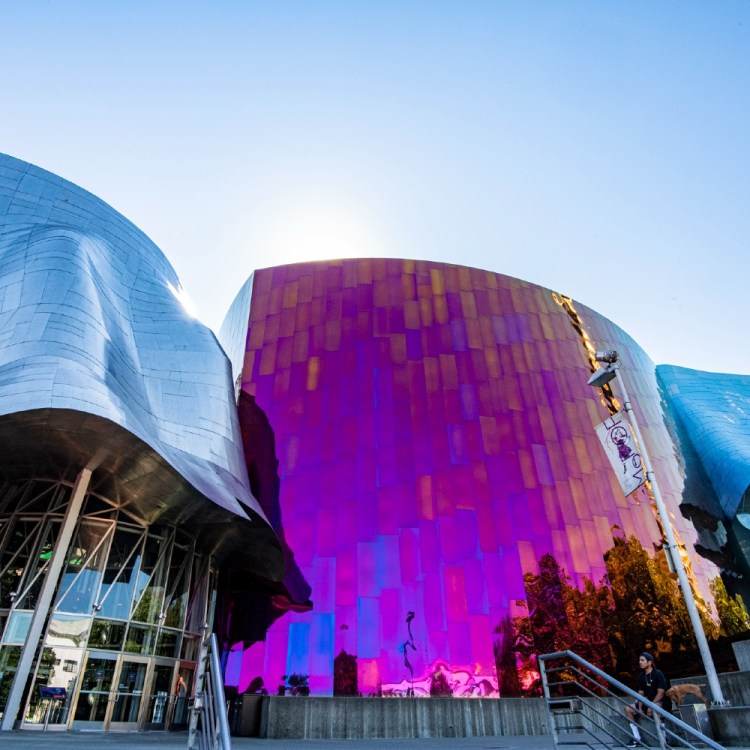Should it come as any surprise that two of the chief ushers of recent American excess are both named Josh?
Josh F. and Josh A. are the two star agents and longest-running cast members on Bravo’s pioneering luxury real estate show, Million Dollar Listing: Los Angeles. Think of them as the Angel and Devil perched atop the shoulders of one of the country’s premier housing markets, charting its ebbs and flows with their whispered enticements. You can get good money for this classic bungalow with original finishes, Josh F., Shoulder Angel, might say. No! Raze it and rebuild. Triple your investment! Shoulder Devil, Josh A., might counter. But in the context of the show, either would plow down the Hollywood sign by hand if it guaranteed them a slightly higher commission.
Premiering in 2006, the first season of MDL:LA depicted a real estate market then at its peak. The early cast was a collection of 20-something young men, each a product of a certain breed of Laguna Beach-era masculinity. Bronzed, clean shaven and carefully coiffed, they bought cars that made them look more successful than they were, spent hours each day training on the beach and dressed like teenage pop stars preparing for a deposition. A 21-year-old Josh F. boasted of having sold over $80 million the prior year. Thirty-year-old Chad, a short-lived castmate, declared his goal of one day becoming a billionaire.
Like any good reality stars, the Joshes are avatars, windows to the audience’s fantasy. But unlike most of their colleagues on the Bravo network, the fantasy they represent is more than just hypothetically attainable. Real estate agent is one of the most common private-sector jobs in the United States, and one that — when executed successfully — can offer a swift ascent to bourgeois status.
Here is where you find the success of the show’s formula: it presents the audience with at least three protagonists through which to experience the story: the broker, the buyer and the seller. As the show tours a home, it flashes the asking price on the screen, followed by the amount the agent stands to make. With a little financing, we think, could we swing that? What would our bank account look like with that commission dropped in?
That all these roles are in conflict in real life doesn’t matter. We want to live in the house, make a commission for selling it, and also dream about flipping it 20 years down the line for a massive payday. The belief that it’s possible to achieve all these things is an unbreakable spell, a bill of goods we can’t be unsold.
Of course, in the time since MDL:LA’s debut, and the subsequent launch of multiple spinoffs, ripoffs and an entire new genre of reality television, real-world homeownership has become less attainable, and the arm’s-length fantasy has started to curdle. What the show has instead become is a reliable chronicle of multiple aspects of American decline which will soon collide: the vanishing middle class, the absurd growth of the ultra-wealthy, advancing gentrification, and now, in the show’s 12th season, the ever-growing threat of climate change.
Playing the Market
By its third season in 2009, MDL:LA was fully acknowledging the impact of the housing collapse — not as a sector-imploding tragedy, but as just one of many hurdles that separated the average agents from the star brokers. In the premiere, Josh F. pads around his beautiful apartment in a hairnet, spritzing himself with cologne while his voiceover tells us, “It’s funny – the market’s horrible, and people are losing their jobs, and everyone’s depressed, and nobody has any money. And I’m having a grand old time right now.”
By the premiere of the New York spinoff in 2012, the luxury markets in both cities were fully rebounding. The drama of both shows was often constructed out of the brokers’ attempts to break sales records. They weren’t content to just make significant profits; they had to make the most profits, more profits than the market had ever supported, even if that meant disrupting neighborhoods or pushing the limits of who qualified as a buyer. The recurring slogan of MDL: NY’s Ryan Serhant is a masterpiece of dumb-guy hustle culture poetry: “Expansion, always, in all ways.”
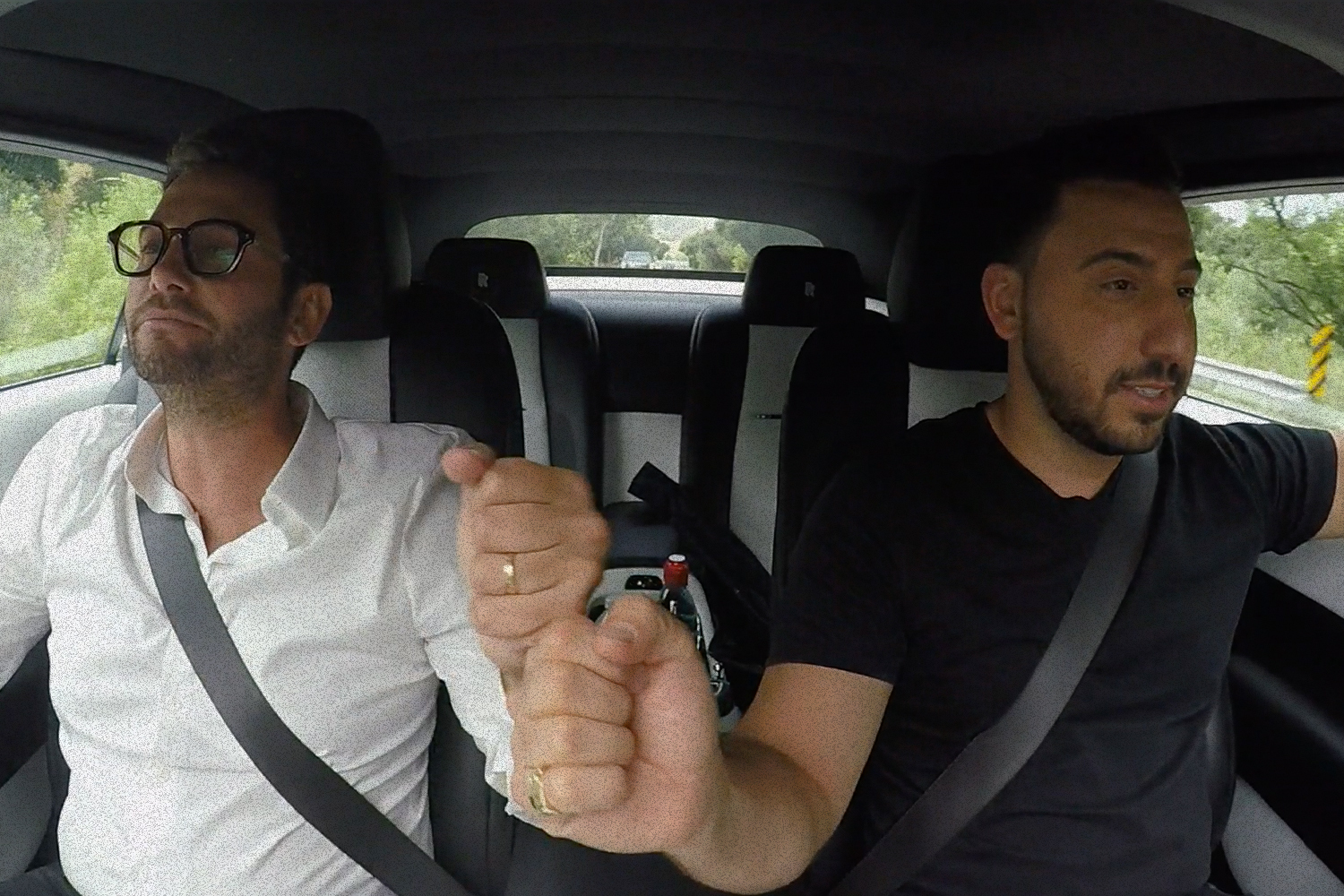
After a 2014 article in New York magazine dug into the influx of overseas buyers, Serhant told Yahoo! Finance that about half of his clients were foreign. Estimates in New York Magazine had put the share of international clients at 30-35% of total buyers, and explained how these buyers often used LLCs or other corporate fronts to purchase the property. “The global elite,” developer Michael Stern told New York, “is basically looking for a safe deposit box.”
As Jonathan J. Miller of appraisal and consulting firm Miller Samuel explains to InsideHook, the luxury development boom of the 2010s came when “there was a massive surplus of capital ready to be used, but at the same time, land prices had not come down much from the bubble.” Because of the high cost of land value, the most sensible option for developers was to build for the higher end of the market.
Equipped with a brand new buyer stream, the agents of MDL were free to operate as if they would never run out of clients. But while the world of MDL made it appear as if brokers were in the driver’s seat, in reality, developers tend to play a bigger role in steering the market. “They build until they can’t build anymore,” says Miller, speaking about how developers operate. “It always ends badly. And five years later, they come back as if nothing happened.”
The Inventory Problem
When the latest season opened, the Joshes — mortal enemies — did something unthinkable: they teamed up. They were co-listing the Razor House, a glass catastrophe overlooking the cliffs of La Jolla. The house allegedly inspired Tony Stark’s mansion for the Iron Man films, but it looks more like the house from the recent Invisible Man remake, aka the perfect place to imprison your spouse.
Co-listing is for amateurs, not these guys; they’re just too rich to split a sale. But after nearly a decade of driving a boom, they were facing a bust of their own making. Houses were sitting on the market for longer, causing a surplus of inventory that was driving prices down. “The market is a little tough,” Josh F. says over B-roll of him sitting shotgun in Josh A.’s Rolls Royce convertible. Josh A. translates the problems into grind-culture-speak: “We need to work harder, go further, and get more creative than we’ve ever been before,” he says over the pulsing beat of a royalty-free pop jingle that underlines the situation: “Ain’t giving up / Up / Up.”
Fellow agent Tracy Tutor echoes the problem as she drives through a neighborhood of identical boxy contemporaries. “It’s like a new Celine bag coming out,” she says, searching for a relatable explanation. “Everybody’s super pumped about it at first, and then you look down the way and, like, someone has it in every color.” The bag in this situation — a sprawling, light-filled Tetris piece of a house — had been bought by her client less than a year earlier, and said client was ready to re-sell because of a number of structural problems, including nine leaks. Despite the trendiness of the contemporary, Tracy explains, “they’re erecting them so fast that they’re sacrificing quality.”
What might seem like a typical homeownership setback was a consequence of the rapid overdevelopment of new areas, with many houses sitting empty or going back on the market shortly after purchase. In New York, for example, “we were seeing 25% price cuts on resale of the same unit that was bought … in 2014 and resold, you know, in 2016, ‘17, ‘18,” Miller tells me. “That’s quite a drop.”
According to an analysis last year by StreetEasy, one quarter of new-development condos since 2013 are unoccupied. Despite this, development has continued to outpace sales, and home prices nationally have outpaced wage growth. So while luxury real estate has exploded in popularity on TV, even regular homeownership has become far less attainable. As Naomi Fry noted in a recent New Yorker piece on Netflix’s L.A.-based Selling Sunset, “There is a certain morbidity to making a show about the luxury real-estate market in a city that is currently experiencing a gutting homelessness crisis.” For shows like MDL, this is the problem with continuing your same shtick while the world around it deteriorates. The agents would like to pretend that nothing much has changed but the sizes of their checks, but the real world is constantly edging into the frame.
Vanishing Land
First, we see burning hills. Helicopters expel flame retardant onto the land below. Firefighters are huddled on a hill above an L.A. freeway. This is the Getty Fire, a late 2019 fire in the mostly wealthy Brentwood community, covered toward the end of MDL’s most recent season. We hear the voice of another agent, James, one half of the British duo David and James: “It’s like doomsday, man,” he says from his client’s lawyer’s passenger seat as they crawl past closed road after closed road, searching for entry point to check in on their investment.
They eventually find a half-standing house upon a scorched plot of land, one their client was in the process of flipping. “Living through these fires, sadly, has become a normality,” James says. A few weeks later, they’re surveying the property and trying to see if there’s any way to salvage the deal. “I actually think, if it takes six months, it’s a good thing,” David tells their client, referring to the time it will take to clear out the rubble before building again, “because the whole stigma attached to the fire will be further in the past.” On a micro scale, this deal will be fine — the advancing threat of climate change is just momentary “stigma” — even as the macro outlook gets worse, an attitude indicative of the short-sighted operations of developers.
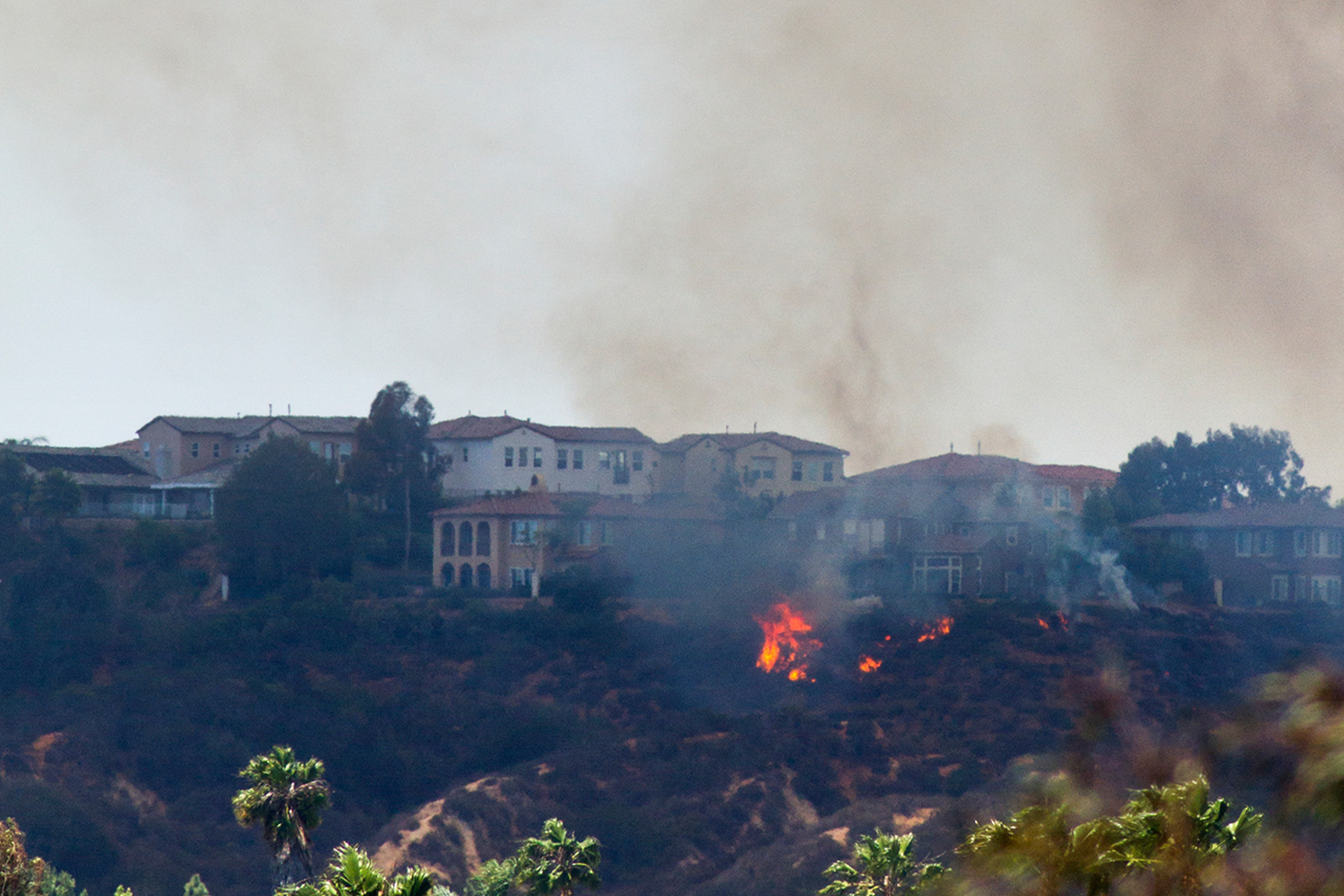
Jesse M. Keenan, an associate professor at Tulane University and social scientist, popularized the concept of “climate gentrification,” which theorizes that climate has begun to affect consumer preferences in a way that then drives development. “As you get into more gentrifying areas that may also coincidentally be lower-risk zones,” Keenan tells me, “it amplifies displacement.”
Something Keenan also studies are the ways in which existing problems collide to make climate gentrification worse. “We’re on the edge of a housing and homelesness problem that we’ve never seen the likes of in this country. It is going to be severe,” he tells me. “And climate change is going to be the icing on the cake that Marie Antoinette eats.”
Luxury real estate itself also affects climate through its exploitation and misallocation of resources. “[Luxury development is] a footprint on the environment that’s excessive for any human consumption,” Keenan says. “It requires local governments to extend huge amounts of resources, to extend infrastructure to these places at huge cost. It doesn’t pay its fair share in those costs in terms of property taxes.”
And yet the biggest problems, he says, are all the attendant effects of a culture that places such emphasis on luxury. “If we define ourselves in the highest order of our values system as consumers, then to what extent does real estate become the coinage to our own demise?”
Total Market Collapse
As of its most recent season, there are two active series in the MDL franchise, and two prior spinoffs. Selling Sunset is maybe the most popular knockoff, and there are a handful of others, the quality fading with each successive copy like those boxy contemporaries taking over WeHo (take Netflix’s entry, Million Dollar Beach House, a copycat so craven it didn’t even bother to differentiate itself by name).
The mark of the original is everywhere, but Jonathan J. Miller doesn’t think these shows have significant impacts on the market itself. “I see it more as a circus sideshow,” Miller says. “I don’t see it as driving this at all.” Neither does Keenan. “My sense is that the alignment between the underlying viewer demographics and those who are constituents in the type of markets that are represented in these shows are wholly misaligned,” he tells me.
While the players in the market act, we sit at home, still buying into a fantasy that’s becoming ever more fantastical. One of the better rhetorical tricks of the 2010s was the rebirth of the word hustler, transformed from a conman to a striving wealth creator. The characters on Million Dollar Listing are the hustlers. We, the viewer, pretending for a minute that we’re in their shoes, are the hustled. To hustle is noble, and, increasingly, the only way to make money at all. To be hustled remains, as ever, shameful.
Imagining ourselves as brokers, we can see calamitous societal problems as only hurdles to a deal. A fire tearing through a neighborhood is simply an investment risk. That the waves lapping below your cliffside mansion may soon swell up and flood it off its foundation is someone else’s issue — caveat emptor. I have no doubt that Josh A. and Josh F. will be out there selling in chest waders until Venice, California, starts running on gondolas, too, and the very last Echo Park bungalow has been claimed by a Chinese oligarch. Then they’ll move inland to start evangelizing the up-and-coming Nebraska plains, which they’ll be selling over Instagram, like always.
This article was featured in the InsideHook LA newsletter. Sign up now for more from the Southland.
